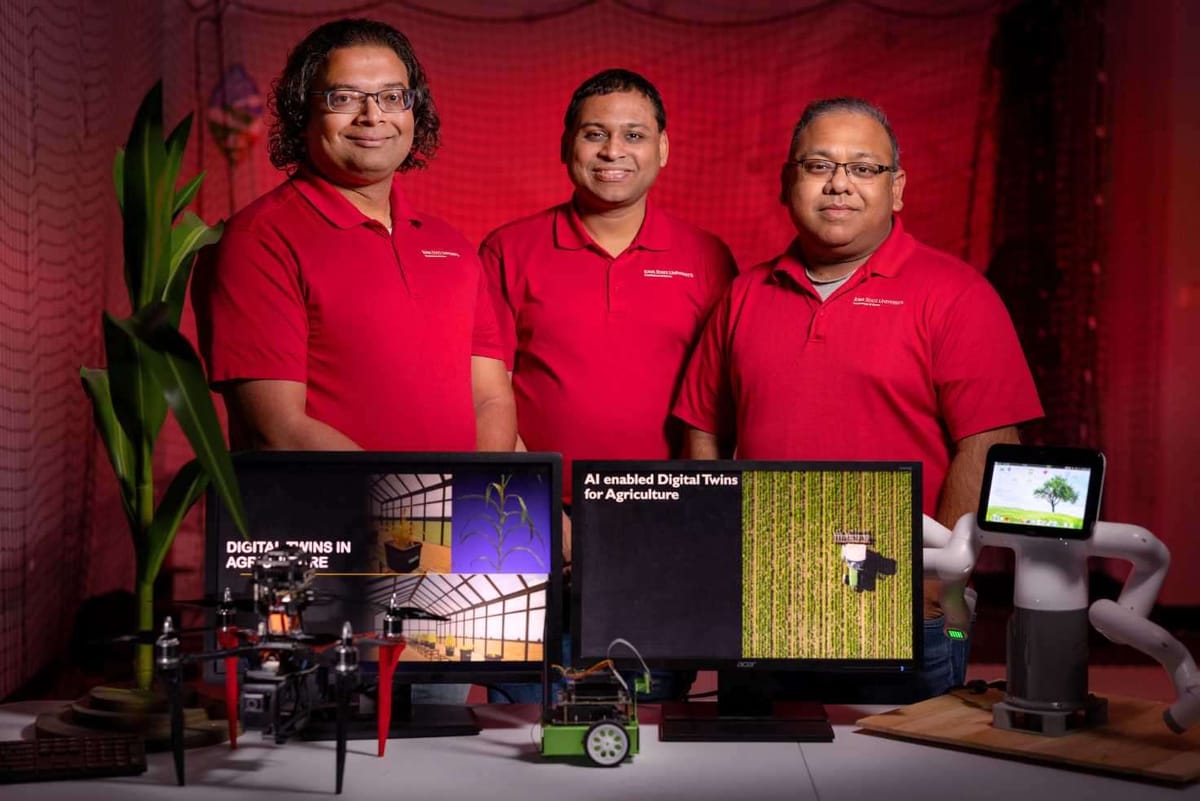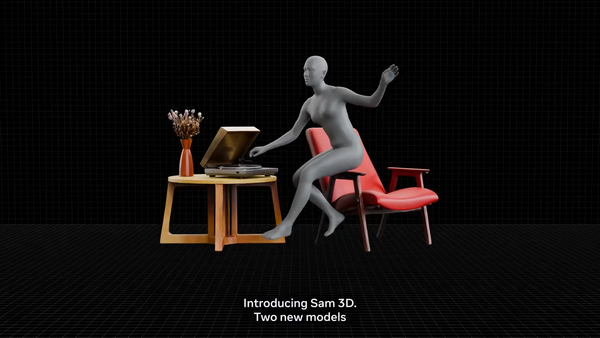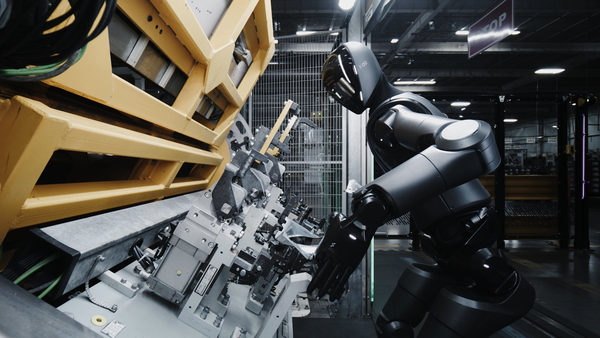Iowa State Builds Dynamic Digital Twins for Plants, Hearts, and Manufacturing

- Researchers at Iowa State’s Translational AI Center are creating digital twins that evolve with real-world data from crops, patients, and production processes.
- These models are enabling simulations to optimize agriculture, monitor cardiovascular health, and advance 3D printing materials.
Iowa State University is building next-generation digital twins that update in real time with data from the physical world. At the Translational AI Center, engineers and scientists are developing evolving models that mirror physical systems, from crops and hearts to manufacturing setups. These projects are backed by major federal grants and draw on partnerships across mechanical engineering, agronomy, and health sciences.
One team is developing digital twins of millet plants using a method that converts 2D video into detailed 3D point clouds. Captured weekly from greenhouse-grown plants, these models reflect structure, color, and growth stage down to the reproductive development phase. Researchers say the approach can generate hundreds of simulations from a single year of biological data, accelerating plant breeding and informing precision farming tools.
Researchers use computational models that simulate additive manufacturing to study a light-based 3D printing process in manufacturing. The method, called Digital Light Processing, hardens resin using two different wavelengths of light to create parts with both flexible and rigid sections. These digital twins allow engineers to replicate material behavior and refine geometry and printing parameters, without repeated physical testing.
Another group is applying digital twins to cardiovascular health. By combining data from imaging, wearables, and blood tests, they’re building personalized models of patients’ heart systems. These evolving twins could detect changes before symptoms emerge. Early-stage testing is being conducted with animal data to model aging over time.
While the projects span very different domains, each relies on constant updates from its physical counterpart. Whether modeling a plant, a process, or a patient, Iowa State’s approach emphasizes syncing real-world input with virtual experimentation, enabling simulations that move in step with reality.
🌀 Tom's Take:
This research from Iowa State demonstrates the wide range of digital twins and simulation, underscoring how transformative this spatial intelligence is across sectors. Researchers are unlocking new pathways for testing, insight, and innovation by syncing models to real-world systems.
Source: Iowa State University News






